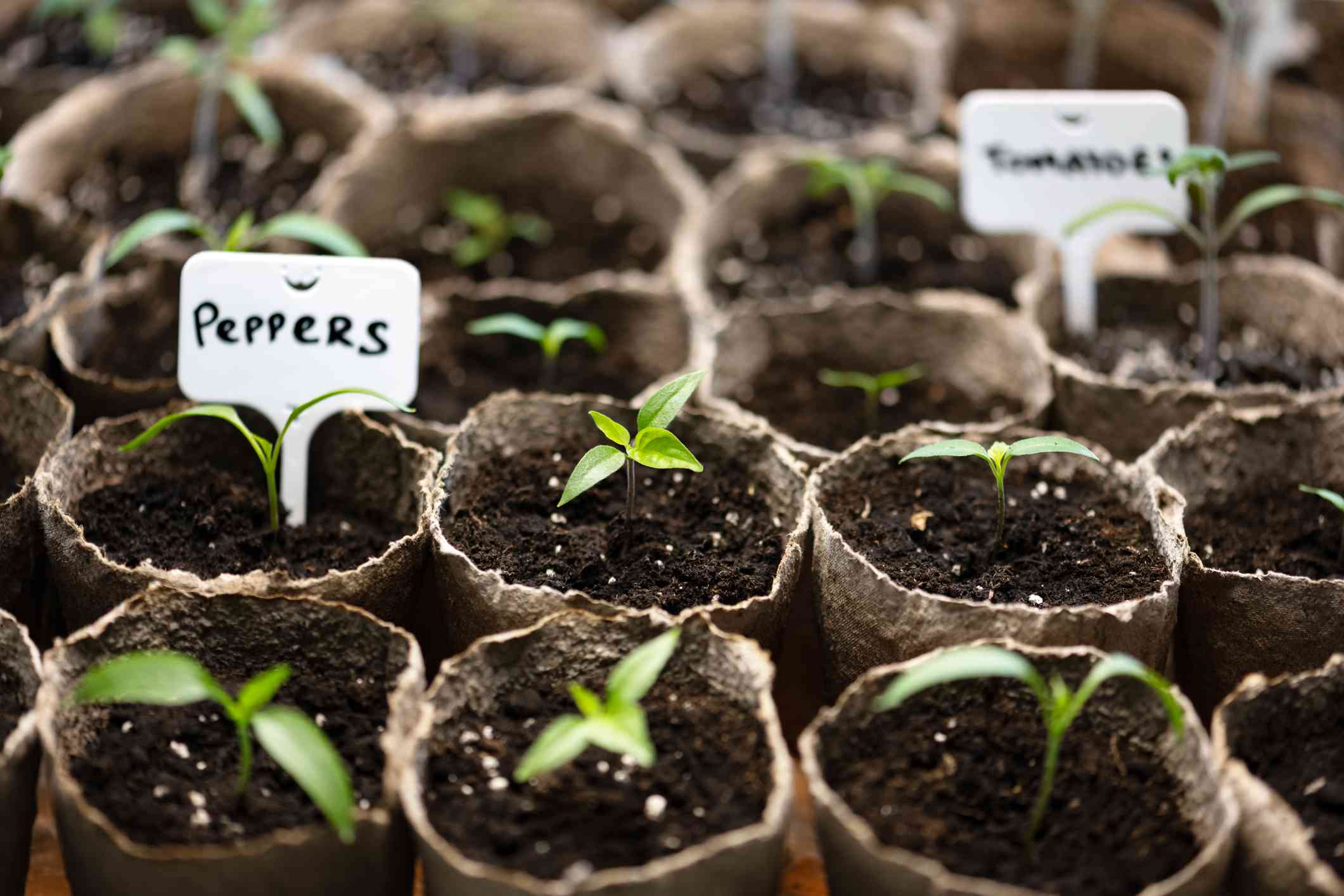
Every Seed You Should Start Now So They’re Ready to Plant in May, Gardeners Say
For any cold-sensitive vegetables, herbs, and flowers, the average last frost date is a key point for gardeners. In cooler climates, where the last spring frost is expected in May (USDA Zone 4 and lower), March is the month to start a whole bunch of seeds indoors. This gives you a head start on the growing season, and you’ll have strong transplants ready to go into the garden when the weather gets warmer.
Here is a selection of seeds to start in March for planting in May.
Meet the Expert
Katie Landis is the assistant farm manager at Trailside Organic Farm of Rodale Institute in Cornwall, Pennsylvania.
Vegetables to Start in March
Debbie Ann Powell / Getty Images
If you’re looking to plant some kitchen veggies in your garden, it’s important to start your seeds at the right time.
“Tomatoes, peppers, and eggplants take months to mature to the point of fruit production so sowing them in March allows them time to grow before being transplanted out into the garden after the last frost date in May,” says gardening expert Katie Landis.
Another crop Landis has on her March seed starting list is lettuce.
“It thrives in the cool weather of spring, so it can be seeded indoors in March and transplanted out in May,” she says.
Want more gardening tips? Sign up for our free gardening newsletter for our best growing tips, troubleshooting hacks, and more!
Herbs to Start in March
Herbs, both annual and perennial herbs, are prime candidates for starting indoors in March. They are not only slow-growing, but starting them indoors gives you better control over the process because their tiny seeds can be hard to manage. Landis starts thyme, oregano, and sage in March for May transplanting.
Though parsley as a plant is fairly cold-hardy, it is another good herb to start indoors in March, as seeds can be finicky to germinate and may take up to three weeks to germinate. Basil is also a good candidate because it takes the plants about four to six weeks to grow to the size where they can be transplanted outdoors.
Flowers to Start in March
“It is a little too early to start most fast-growing annual flowers, but slower-growing perennials such as Echinacea (coneflower), dusty miller, and black-eyed Susan can be sown indoors in March and planted outside after the last frost date in May,” says Landis.
The last thing you want is for plants to get too big, as they’ll then have a harder time acclimating to the environment outside. In a warm climate, though, there is no holding you back from starting all your annual flower seeds in March.
Because flower seeds are very small, starting them indoors in pots or flats gives you better control than directly in the garden. Consider planting pentas, sunflowers, zinnias, gomphrena, purslane, or marigolds.
Tips for Starting Seeds Early
Anya Why / Getty Images
- Don’t start seeds too early. To calculate the ideal date for seed starting, find the number of days to harvest/maturity or flowering on the seed packet and count back from the average last frost date in your location. If provided, add the number of days to germination.
- Use a seed starting heat mat if needed. Many seeds need a certain temperature to germinate.
- Be aware of the lighting. Some seeds need light to germinate so make sure you don’t cover them with soil.
- Keep from overcrowding seeds. Small seeds are especially difficult to space out. If you end up with a cluster of germinating seeds, carefully thin them out using tweezers to prevent overcrowding, which stifles their growth.
- Get the water right. Be diligent about watering and lightly spray the soil to keep it evenly moist.










